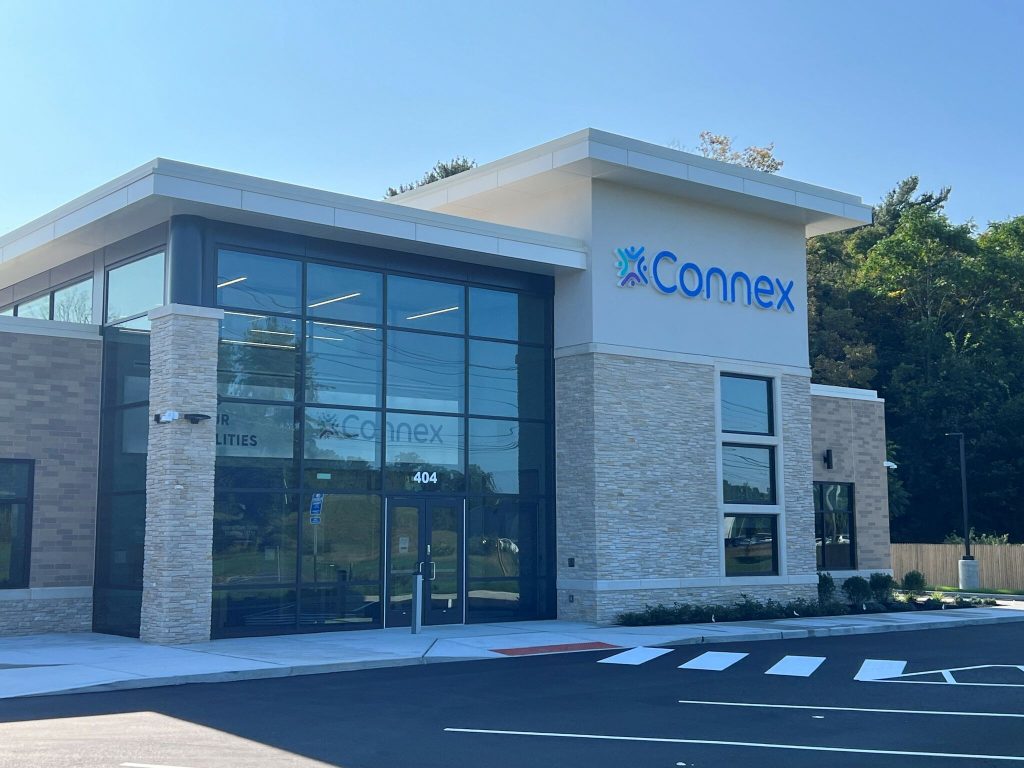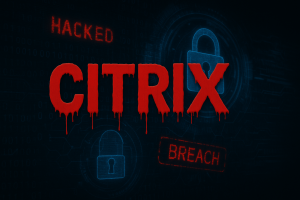
In one of the newest exploits of Connex Credit Union, one of Connecticut’s largest member-owned financial cooperatives, up to 172,000 of its members’ personal and financial information has been compromised. As cybercrime syndicates raise the stakes on credit unions, this exploit brings anew the importance of state-of-the-art control over security, real-time monitoring, and member watchfulness as protection against unauthorized data exposure losses.
Connex Breach
In early June of 2025, an undiscovered threat actor had gained entry into Connex’ network. On 3rd June, the credit union saw unusual activity one day following an attacker gaining access and discovered unauthorized access or data downloading had been between 2nd and 3rd of June. Official notice letters filed with Maine’s Attorney General and mailed post to the impacted persons verified that breached members noted by Connex on 27th of July 2025 were impacted.
Established in 1940, Connex is serving more than 70,000 members from eight locations within the New Haven, Hartford, Middlesex, and Fairfield counties. With assets of more than $1 billion, the not-for-profit credit union provides banking, insurance, and credit card products and services to the region’s residents and small business community.
Member Affected and Data Breached
Although there was no implication that money was withdrawn by the attackers or directly changed accounts, the attack revealed a broad extent of sensitive information, such as:
Your full name and contact details
Account and debit card details
Government identifications and Social Security numbers
Stolen SSNs and government identifications significantly enhance identity theft and social engineering-motivated threat exposure over the Net. Connex has been a step ahead of the times posting phishing notices on the company portal informing members that authorized employees never ask for PINs, passcodes, nor accounts over the phone or via SMS.
Industry Situation: Rising Costs and Credit Union Riskiness
The breaches continue to grow more frequent and expensive. The global average all-in breach cost rose 10% year-over-year to $4.88 million in IBM’s 2024 Cost of a Data Breach Report, fueled primarily by business disruption, customer turnover, and regulatory fines. Financial institutions and other financial institutions and credit unions generally end up paying significantly larger remediation fees in reaction to compliance rules and invaluable customer information.
The credit unions are extremely tantalizing: U.S. credit unions reported 892 cybersecurity events between September 2023 and May 2024 alone, and the overwhelming majority involved the services of third-party service providers. In a single extremely high-profile case, First Commonwealth Federal Credit Union reported a “data event” involving just shy of 99,000 members in which the Meow ransomware group claimed to have stolen over 400 GB of sensitive information.
Threat organizations such as ShinyHunters, infamous for ransom and cloud-based attacks such as those on Salesforce, and the Scattered Spider organization have kept on increasing attacks on finance organizations, airlines, and high-end brands. These groups utilize social engineering, vishing, and compromised credentials as their points of entry into vital systems.
Mitigation Strategies and Best Practices
As part of maintaining member data and gaining member trust, credit unions implement a multi-layered system of protection:
Network Segmentation & Monitoring: Isolate sensitive systems and deploy real-time intrusion detection to quickly identify unauthorized access.
Identity and Access Management: Implement robust multi-factor authentication (MFA) and least-privilege controls to restrict lateral movement.
Employee Training & Phishing Simulations: Train standard employees on social engineer techniques and validate questionable queries through vetted procedures.
Third-Party Risk Management: Conduct extensive security audits on suppliers and require contractual right-to-audit clauses as a condition of responsibility.
Incident Response Planning: Have a written playbook in place for quick containment, forensic analysis, and member notification.




